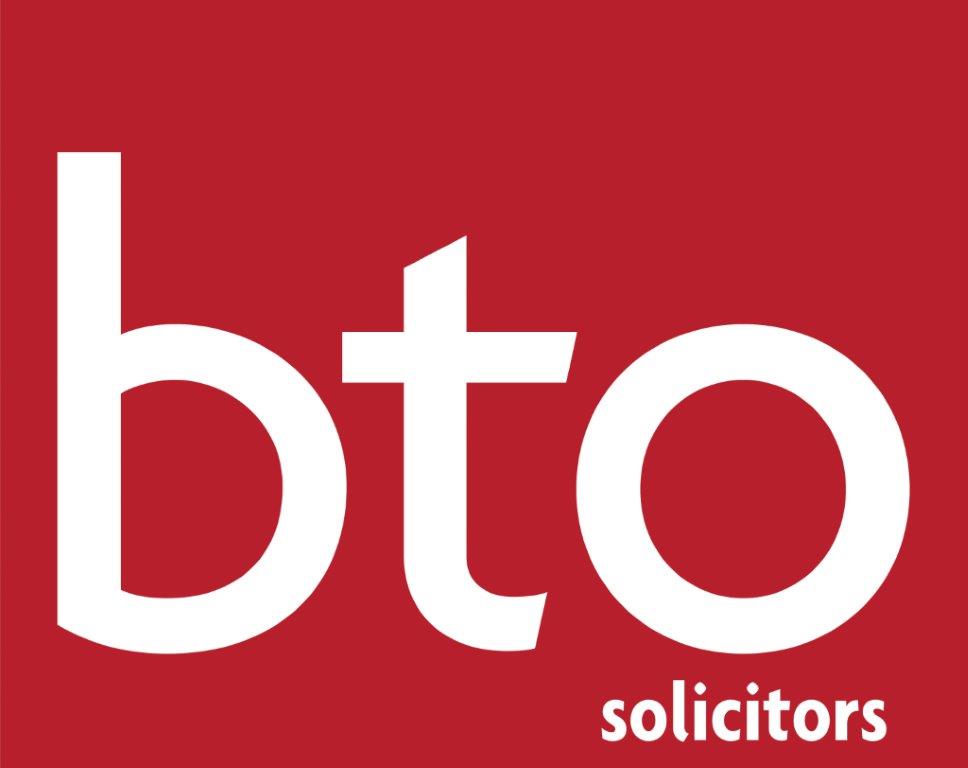Opinion: Music sampling and copyright disputes

Pictured: Laura Patriche and Lauren McFarlane
Laura Patriche and Lauren McFarlane write about the IP issues around music sampling.
Music sampling is a practice which involves artists digitally incorporating segments of existing sound recordings into new compositions. Some modern examples include Drake’s Hotline Bling of 2015 which sampled Timmy Thomas’ 1972 hit Why Can’t We Live Together? Another example comes from Beyoncé’s 2011 Run The World (Girls), which took large sections of Major Lazer’s 2009 track Pon de Floor.
Sampling can be problematic from a legal perspective given the terms of the Copyright, Designs, & Patents Act 1988 (CDPA), in terms of which the owner of copyright can seek to prevent the reproduction, distribution, performance, adaptation, and communication of his or her copyrighted works. The CDPA provides that only the owner of a work can copy, issue copies, lend or rent copies to the public, perform, show, or play it in public, broadcast it, or make an adaptation, and in both the UK and the US, sampling a song without permission constitutes copyright infringement.
As such, obtaining consent from the original copyright owner or his or her representatives is an essential precursor to music sampling.
UK’s ‘substantial use’ doctrine
In Produce Records Limited v. BMG Entertainment International UK and Ireland Limited [1999], the court reinforced the idea that sampling sound recordings without consent is prima facie infringement. This decision challenges the once-unwritten “three-second rule,” exposing the fallacy that brief samples evade legal consequences.
The Los Del Rio hit song Macarena, produced by BMG, sampled a seven-and-a-half-second section of The Farm song Higher and Higher, a copyrighted recording owned by Produce Records. No clearance had been obtained to use the sample, so Produce Records brought proceedings against BMG for breach of copyright. BMG applied to strike out the proceedings on the basis that the sample could not be argued to constitute a substantial part of Higher and Higher. BMG argued that this was a question for the judge to decide when comparing the two recordings.
Prior to that decision, an unwritten “three-second rule” was used according to which sampling three seconds of a work or less would not lead to legal action against the sampler. This is, in fact, not the case.
It is worth noting the terms of the “substantial use” doctrine, in terms of which infringement must relate to a “substantial” part of the original work. “Substantial” is fact-dependent but can be as few as 12 words, so long as those words are the artist’s or author’s own intellectual creation.
A similar scene in the US
In the case of Bridgeport Music, Inc. v. Dimension Films [2005], the US federal appeals court established that recording artists must clear every musical sample in their work, even minor, unrecognised “snippets” of music. The court rejected the notion that using unidentifiable musical snippets was legal, making clear the need for artists to obtain licences for any sampled content.
This decision emerged from a case involving the N.W.A. song 100 Miles and Runnin’, which sampled a guitar riff from George Clinton and Funkadelic’s Get Off Your Ass and Jam. The court’s stance underscores the imperative to secure licences and dismisses the idea that such requirements stifle creativity.
In both the UK and US, copyright owners have a range of remedies against sampling, including interdict or injunctive relief together with damages.
What is currently unfolding: Kraftwerk hasn’t been put to bed
A pivotal case in European sampling law involving Kraftwerk and music producer Moses Pelham, accused of plagiarism, is being sent back to the top court in Germany. The judges, unable to reach a final decision, seek clarity from the European Court of Justice (ECJ) on the term “pastiche” to make a conclusive ruling. Pelham, without permission, incorporated a slightly altered drum sequence from Kraftwerk’s 1977 song into a 1997 release.
In 2019, the ECJ ruled in favour of Kraftwerk, saying musicians cannot sample songs without permission. However, if the sample was modified in “a form unrecognisable to the ear,” copyright would not be violated, the ECJ said. From this point, it found that the reproduction of a sample such as that from Metall auf Metall was permissible since it constituted a “pastiche,” defined in musical terms as a piece of music which imitates the character of another work or artist, paying homage to it rather than mockingly parodying it. Germany’s Federal Court of Justice was then meant to make the final decision on the dispute but has now sought further clarification (as of September 2023).
The term “pastiche” has been used since EU law was transposed into German law, but it has not been defined. The music industry closely watches as questions about copyright protection and artistic freedom emerge in this ongoing dispute. It seems that water still remains rather murky when it comes to navigating the rules of sampling and best practices.
A word of advice
Given the risk of liability, it is advisable to seek written permission to use another artist’s work, even if that work is only a sample. It is also worth bearing in mind that in most cases, consent should be obtained from the author of the musical composition (often a music publisher), the author of the sound recording (often a record company), and the author of the lyrics themselves (often a song writer). In addition, expect everything to be up for negotiation, including the amount of music that you can use and how much it will cost. Typical payments include both flat fees and royalty-based licences.

Lauren McFarlane is an associate and Laura Patriche is a trainee at BTO LLP








